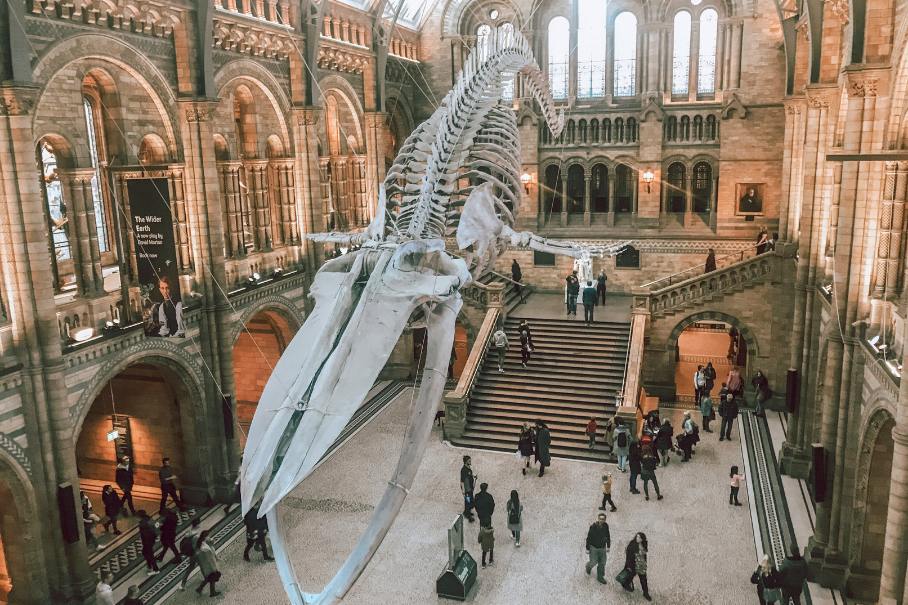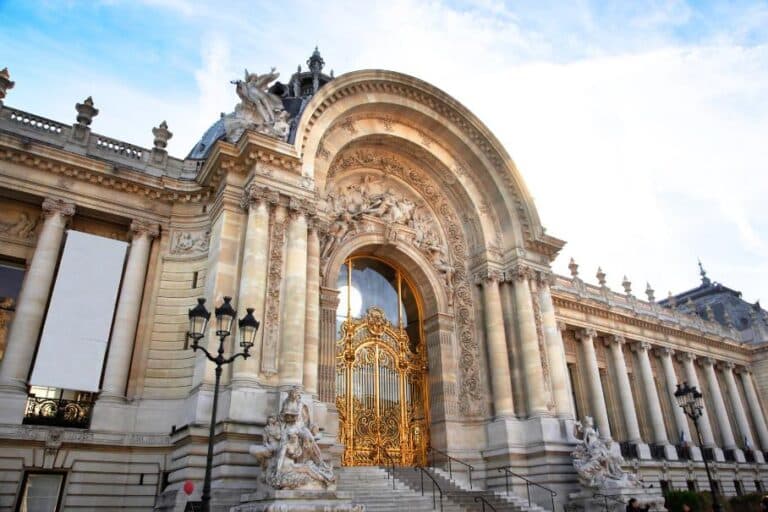Visit Museums: 10 Great Reasons You Should Go
When I was a kid, my parents always took me to visit museums. For me, they were places of intrigue and great discoveries. Visiting museums allowed me to discover other cultures, admire works by great masters and learn about the past. Once I started to travel, museums were always on my itinerary, no matter where I went. Somewhere along the way, I realized that not everyone felt the same about museums as I do. In fact, many don’t see why museums are important even today.
If you’re one of those people who wonders why we should visit museums and why so many like them, then this post is for you. There are different types of museums and many reasons why people visit them. Some want to learn about the past, while others are curious about the country they are visiting or want to enjoy art and culture. Let’s dive into all the reasons why people visit museums.
Why are museums important?
Before we dive into why we should visit museums, it’s important to know that what we know as museums today often started as private collections. In the past, it was the wealthy and the elite who had the means to travel. They collected objects (sometimes legally, often not) around the world and brought them home. These objects of historical or physical importance were proudly displayed in their homes, inaccessible to regular people.
Upon death, many owners of these collections often gifted them to the people for prosperity. Museums were created to house these precious objects and make them accessible to everyone. This gave everyone access to see them, learn something new about them and maybe even inspire them to see the world.
Why do people visit museums?
There are many reasons why we visit museums. For some, they are wonderful places filled with wonder and mystery. To others, they are just dull storage places for old crap and are not worth a visit. Here are 10 reasons why people visit museums.
Museums teach us about the past
It’s important to visit museums because they connect us to the past. In a museum, we can see what life looked like and how people lived, worked, and created. Exhibits like ancient tools, clothing, and artwork provide a deeper understanding of human evolution and cultural milestones.
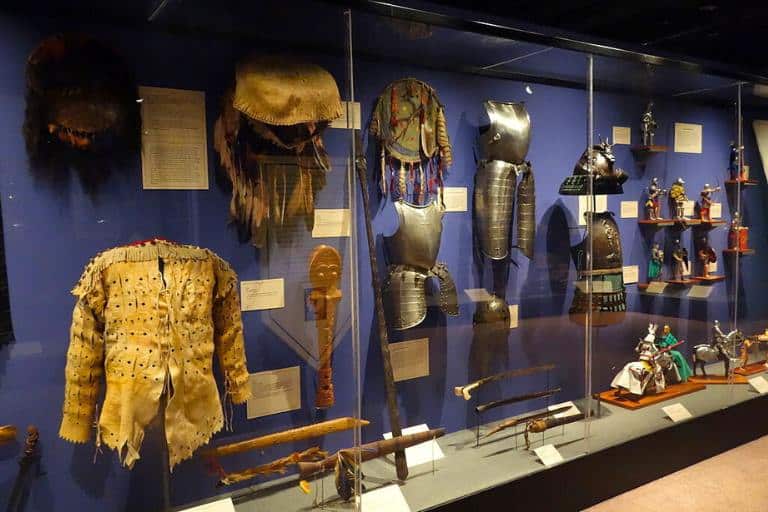
Understanding those who came before us, their motivations and desires, helps us understand our behaviour. Visiting a museum offers an immersive learning experience where you can see artifacts and material items up close, which brings history to life.
Museums make us smarter
There is a reason why many of us visit museums on school trips. That’s because museums offer us an opportunity to learn, which makes us smarter. With so many different types of museums, you can learn a lot. From science to natural history and everything in between, you can find a lot of knowledge in museums.
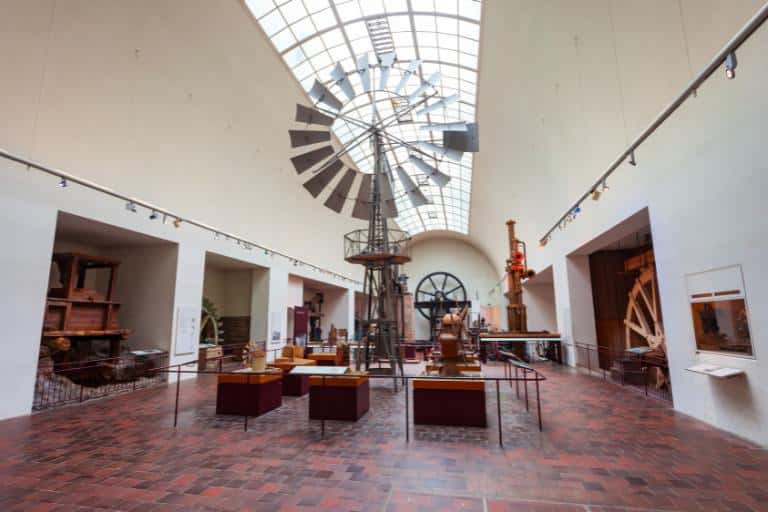
Many museums partner with schools to enhance educational programming. Others host lectures and hands-on workshops for people of all ages where they can learn something new. This promotes informal schooling and educational opportunities for everyone, from young children to adults.
Museums are great for research
Academics, researchers and regular people often come to museums to study. Examining old artifacts is a great way to collect information. For example, old pottery shows us more than how others consumed food. The techniques and materials used to make these pieces tell us more about how we progressed and evolved in addition to what people ate.

Art museums are also great for anyone who wants to learn about painting techniques. That’s why you often see people with sketchbooks in museums, as they try to imitate the great masters and artists. Studying paintings and sculpture is a great way to research what makes a masterpiece.
Museums inspire creativity
Visiting museums can stimulate new ideas, recharge and offer new perspectives. When you visit museums, you can get up close to the works of great masters. You can examine the inventions and everyday objects that changed our lives.
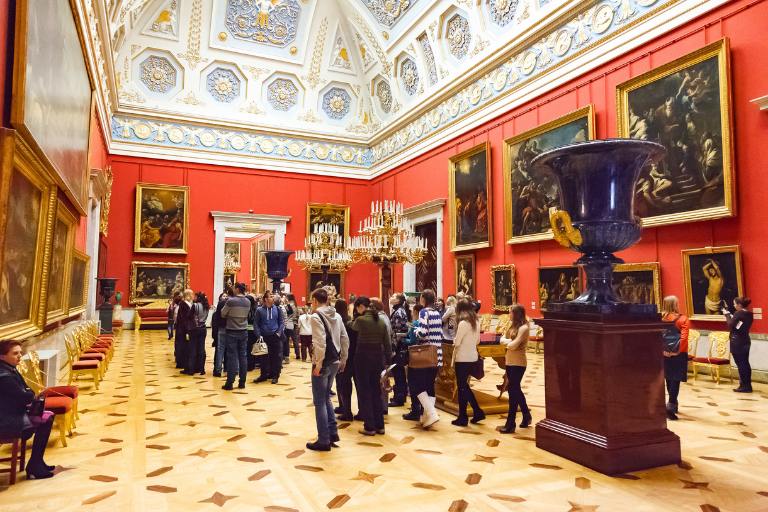
Asking how and why our ancestors did things, how they behaved and how they used things can make us see things differently. These conversations often spark our own creativity and can lead to innovative approaches to tackling our issues.
Museums are a testament to human perseverance
The first known museum opened in the 3rd century BC at the University of Alexandria in Egypt. Since then, museums have been documenting history, showing that people have always had the need to collect and preserve things. In many ways, the more we change, the more some things remain the same, even centuries later.

As we evolve, our outlook on how we do things also changes. You can visit museums to understand how things we take for granted today came about. Whether it’s the fight for human rights, independence or the suffering endured at the hands of others, you can find a museum dedicated to their perseverance.
Museum house collections of priceless artifacts
Museums house historically significant objects that have influenced our understanding of the past. Take the Rosetta Stone at the British Museum (London), the Mona Lisa at the Louvre (Paris), fragments of the Dead Sea Scrolls at the Museum of the Bible (Washington DC) or the world’s oldest soccer ball at the Smith Museum (Scotland).
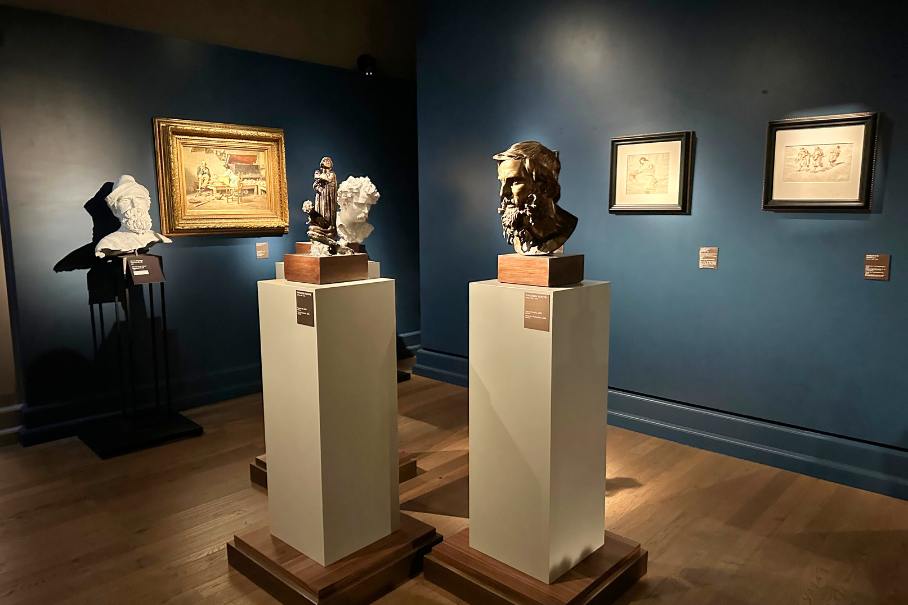
Each item has a different story and provides extensive knowledge of how people did things in the past and how that has changed over time. Other priceless items could include clothing that survived over the centuries, a significant painting of an influential master or everyday household items used by our ancestors millennia ago. These items are unique, rare and invaluable to our knowledge.
Museums teach about different cultures and lost civilizations
Another great benefit of visiting museums is finding things from places and cultures that no longer exist. That can include handmade prehistoric tools used by our predecessors, ancient texts that mention lost and forgotten places and things, or the mosaics of civilizations that once thrived and then were lost over time.
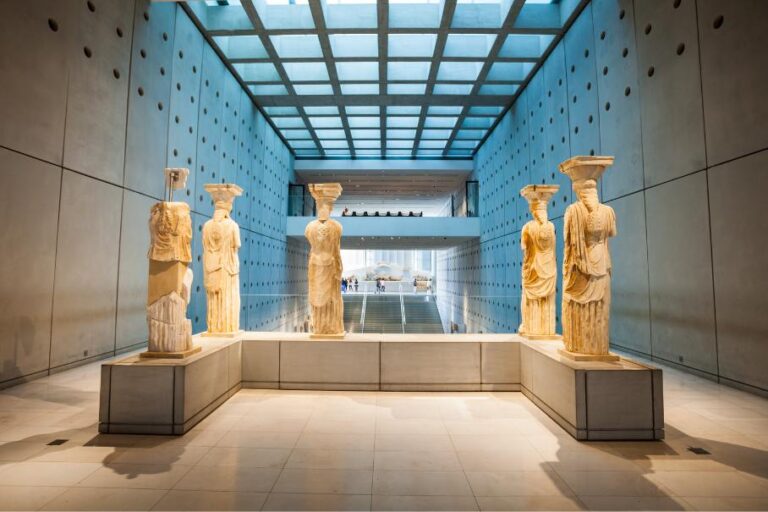
One of the great things about these exhibits is that they bring that lost culture to us. While you might not be able to visit places like Pompeii or Egypt, you can find objects from these places in a museum closer to you. This is a great way to travel to foreign places without having to physically do so.
Museums offer an insight into the natural world
Natural history museums provide insight into the natural world. They often house collections of artifacts, fossils, and animal specimens that educate us about the earth’s history, ecosystems, and the various forms of life. From different types of bugs, birds and mammals to dinosaur bones and fossils, you can see creatures that no longer exist.
- New York City: American Museum of Natural History
- London: Natural History Museum Tour
- Los Angeles: Griffith Observatory Tour and Planetarium
These museums are important educational institutions that help us understand our place in the natural world. Whether it’s the solar system, a jungle or the secret world under the ocean, you can always find something new to awe you when you visit museums.
Museums act as cultural centres
Museums have transformed into cultural centers and social spaces where communities gather to learn, engage and share experiences. They host a variety of educational programs, workshops, and events that cater to different interests and age groups. When you visit museums, you become part of the experience.
By serving as active players in the community, museums foster a sense of belonging and contribute to society’s cultural and social fabric. This, in turn, makes museums more accessible and less intimidating. Some host night festivals, while others host special fundraiser galas or events like murder mystery evenings.
Museums are homes of historical figures
Many museums are housed in historic houses or former royal residences like the Versailles or the Louvre. Wealthy collectors who have donated their collections have also often donated their homes, so when you visit museums, you step into what once was a private home. Many other buildings, including royal palaces and castles, have become publically owned places where visitors can learn about the important people who lived there.
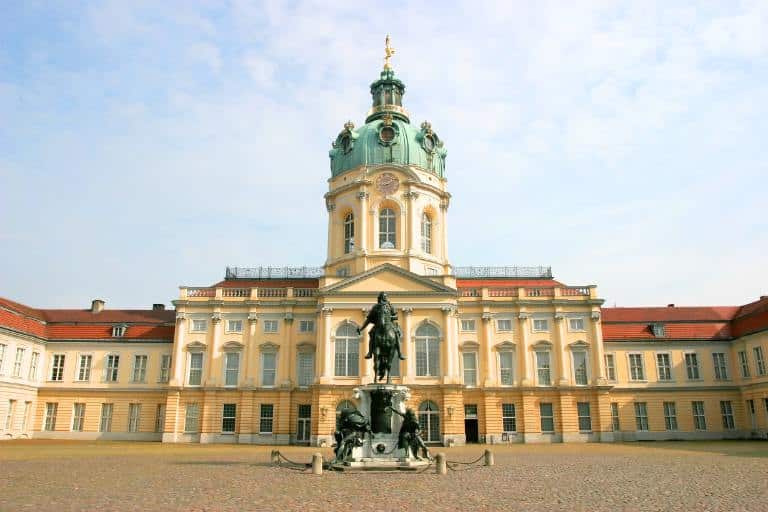
These buildings are often works of art with impressive architecture and beautiful spaces. They offer visitors a glimpse into the past, the daily lives of historical figures, and how the rich and influential used to live. This can definitely change your perception of the past.
Why should we visit museums when we travel?
Many museums operate as nonprofit organizations and use the admission funds for upkeep and preservation. There are many different kinds of museums. Some have a general theme, while others focus on a specific subject, location or theme. Here are a few popular types:
- Art museums: Focus on showcasing works from classic to contemporary.
- History museums: Cover everything from ancient civilizations to modern events.
- Science museums: Feature interactive exhibits on technology, space and biology.
- Natural history museums: Explore fossils, ecosystems and species.
- Specialty museums: Focus on niche topics, like music, fashion or chocolate.
Museum offerings can also depend on who or what is funding them. Most often, museums are supported by funding from different levels of government or private sources. This means that not all museums are funded equally. When you visit museums, you often contribute to their upkeep.
Recommended museum tours:
- Vatican Museums: Exclusive Opening of the Sistine Chapel Tour
- Versailles: Skip-the-Line Tour of Palace with Gardens Access
- Amsterdam: Van Gogh Museum
- Vienna: Kunsthistorisches Museum Day Admission Ticket
- Belfast: The Titanic Experience with SS Nomadic Visit
The often problematic nature of museums
As I’ve mentioned, many early museums evolved from private collections of wealthy donors as they had the means to travel and collect objects. Sometimes, they did so by questionable means or by simply claiming them. Unfortunately, the black market in antiquities has always been tempting for those with the means and desire. Tomb robbing has been as old as tombs themselves.
Today, many countries are staking claims to objects previously removed and now stored in foreign museums. The case of the status taken by Lord Eglin from the Parthenon, now held at the British Museum, is one of those examples. Who has the right to them? Should they be returned to their original home? It’s something worth thinking about and acknowledging as a moral issue.
Why do people dislike visiting museums?
While there are many reasons to visit museums, there are also many reasons why people dislike visiting them. Let’s be honest. They are not for everyone, and there is nothing wrong with that. Museums are usually housed in huge buildings with many exhibits. Shuffling from one exhibit to the next can be tiring and boring, especially when you don’t understand what you are looking at.
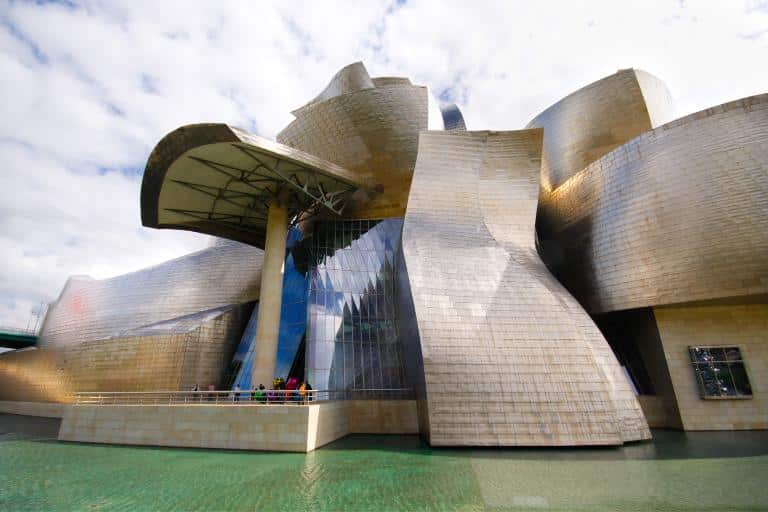
Without context, a vase is just a vase. It doesn’t matter why it’s there or how old it is. If you go in with the expectation that everything will come to life, you will be disappointed. Most museums offer audio tour guides explaining what you are looking at and why it’s there. They provide context for visitors and help to make the experience more enjoyable.
Tips for visiting museums
Visiting museums can be overwhelming, tiring and boring. If you do want to visit museums and are not sure where to start, here are some tips to make the experience more enjoyable.
- Choose a museum that aligns with your interests or specific subjects. For instance, if modern art isn’t your cup of tea, there’s no need to visit a museum of modern art. There are plenty of people who appreciate contemporary art museums. Let them enjoy that experience while you explore what truly fascinates you, like a space museum.
- In many countries, museums offer free admission, especially on specific days like the last Sunday of the month. This is an excellent opportunity to visit museums without feeling the pressure of having paid for admission. If you enjoyed your visit, you can even return on another day to see a different exhibit, making the most of your museum experience.
- Don’t spend hours aimlessly wandering around a museum. Get an audio guide and choose which exhibits you want to see. Once you feel tired, bored or restless, call it a day. There is no point in forcing the experience.
- Set your expectations before deciding to visit museums, especially ones you’re unsure about. Many museums offer virtual tours that you can access on their site. Take advantage of that and check it out before you go. The virtual tour might be enough for you, and that’s perfectly fine. You’ve just saved yourself some time. Or, it will make you want to visit in person and learn more about the exhibits.
- Respect museum rules. There is a reason things are roped off or under a glass cover. Many items in museums are one of a kind and, once damaged, can’t be replaced. They can get damaged by heat and light or knocked over by accident. Locking them away helps preserve them and keeps them out of reach of people who don’t appreciate or respect what’s there.
Final thoughts on why people visit museums
Most people first visit museums as kids, usually as part of school groups on field trips or with parents. These experiences likely shape how they feel about museums later on. Even if you haven’t visited one as a child, you’re likely to visit a museum at some point in your life. You’ll either love or hate it, so don’t feel bad if you don’t enjoy it. But if you are open-minded, the experience will be more enjoyable.
With such a variety of museums, there is likely a museum that will appeal to you even if you don’t like traditional museums. If you’re like me and love to visit museums, I don’t have to tell you why you should see one. You’ve probably been to many and have a list of your favourite ones. If you’re only starting to visit museums, remember that the primary role of museums is to teach and offer immersive learning experiences. You don’t have to be an expert going in. You just need some curiosity. The rest is up to you.

